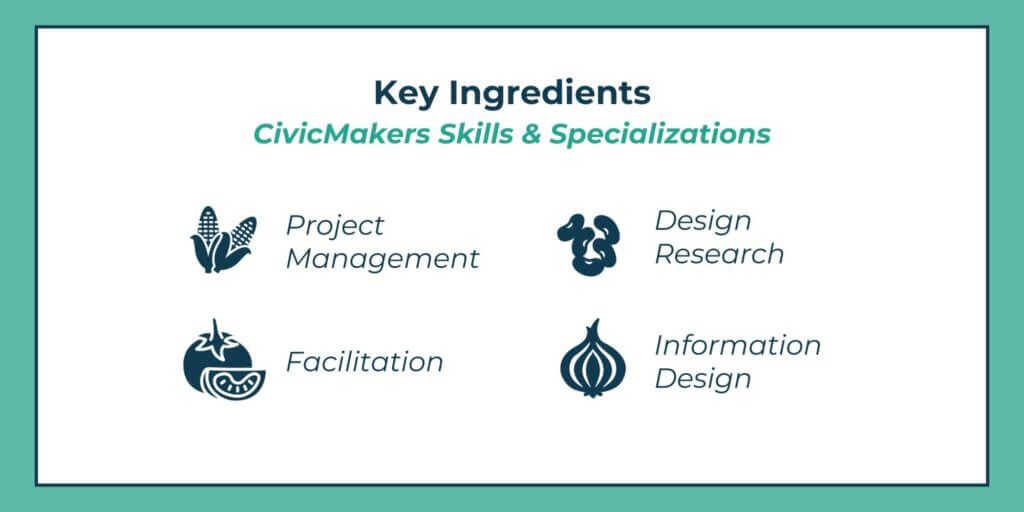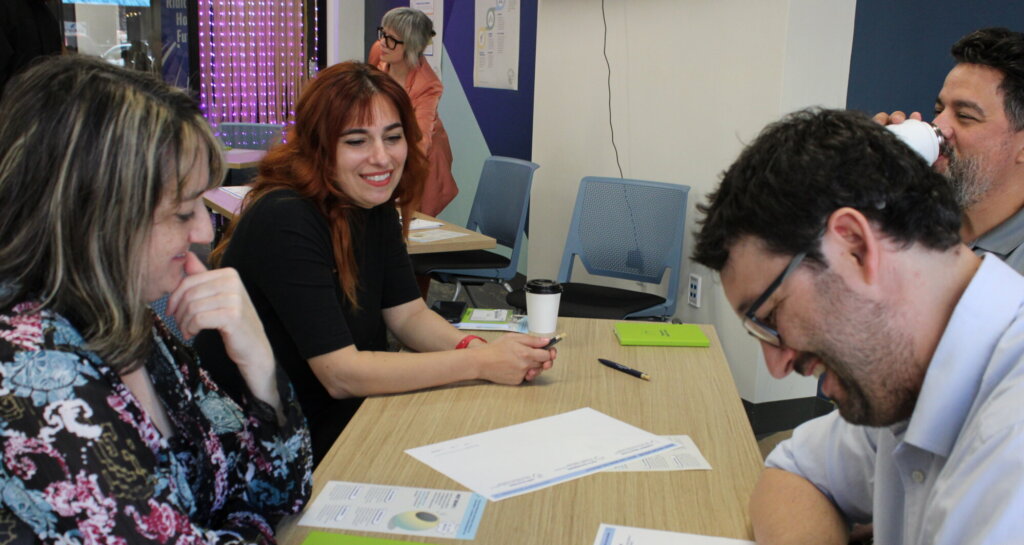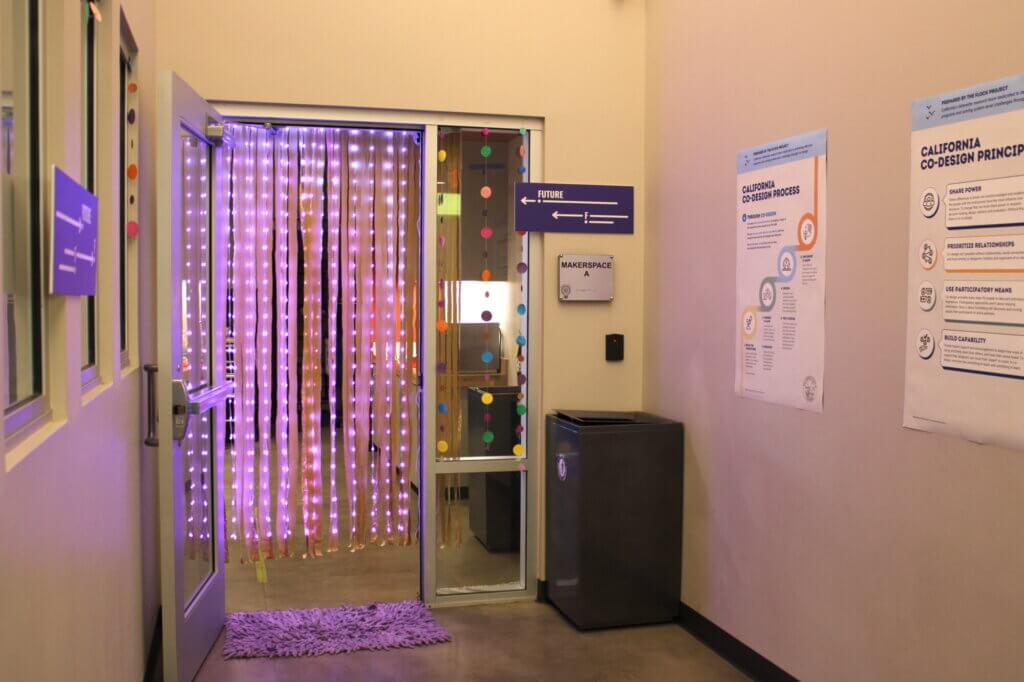Blog Post
The CivicMakers Menu of Services
The CivicMakers Team is hitting a celebratory milestone in November, 2025 - 10 years of bringing human-centered design to public…

CivicMakers partnered with Sunnyvale’s Office of the City Manager to lead a training program for City employees – the Summer 2024 Innovation Team. The goal of the program was to provide hands-on training in design thinking and equity approaches to City employees, while exploring new and creative ideas to address internal communications challenges through an equity lens.
After the training program concluded, the City Manager’s Office supported each team in refining their ideas into a formal proposal that was taken to the Executive Team. Each department has since selected a handful of ideas to move forward.

To support implementation, the City Manager’s Office hosted collaborative workshops focused on prototyping and testing the selected ideas. One of the most impactful internal communication ideas that has been implemented is the use of multi-modal communication channels e.g., a first-ever City Manager video message in the internal City Manager email newsletter and hybrid Employee All-Staff meetings with a recorded option to increase employee reach (previously these were only available in-person). Multi-modal communication channels in response to improving internal communications drew on many of the insights that the design team gleaned through their research during the program.
The CivicMakers Team is hitting a celebratory milestone in November, 2025 - 10 years of bringing human-centered design to public…
At California Workforce Association’s (CWA) Meeting of the Minds conference in Monterey (September 2025), we invited participants to time travel…


